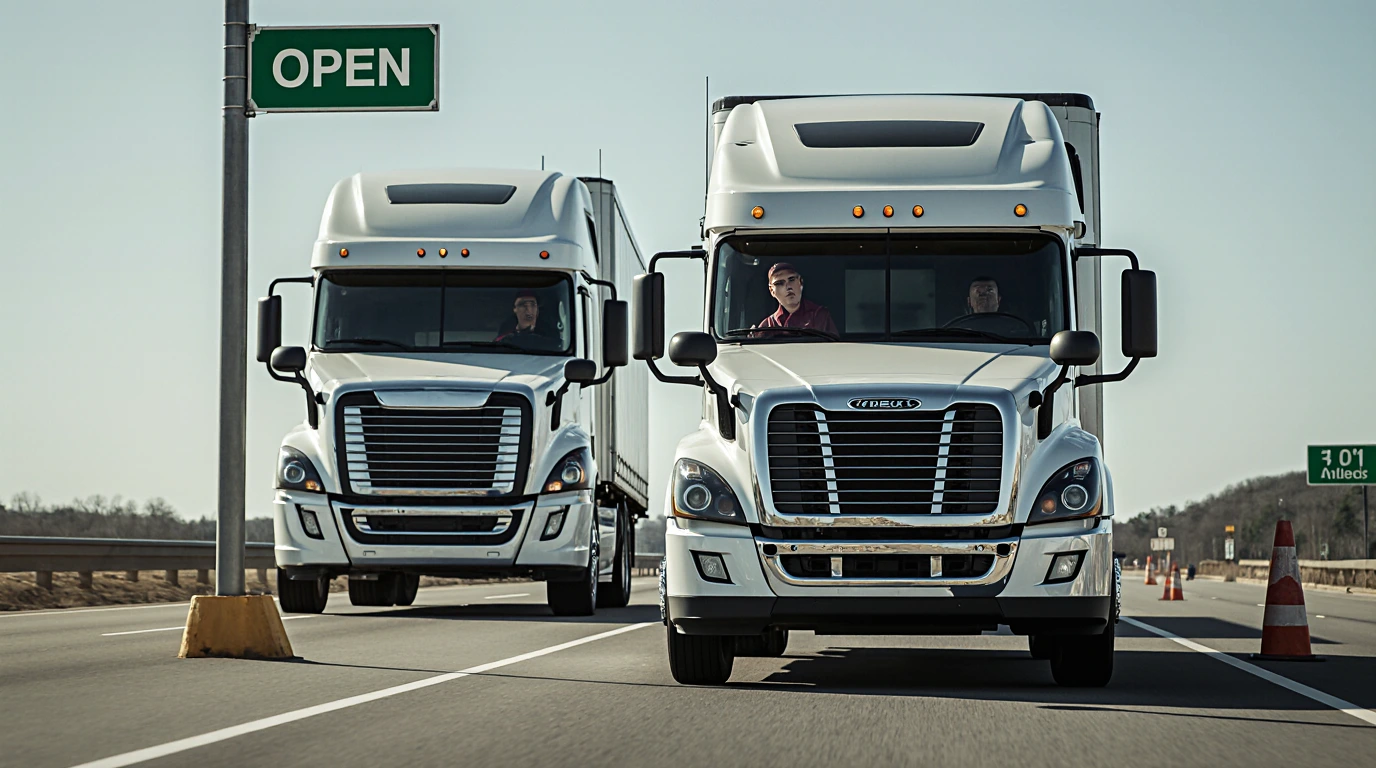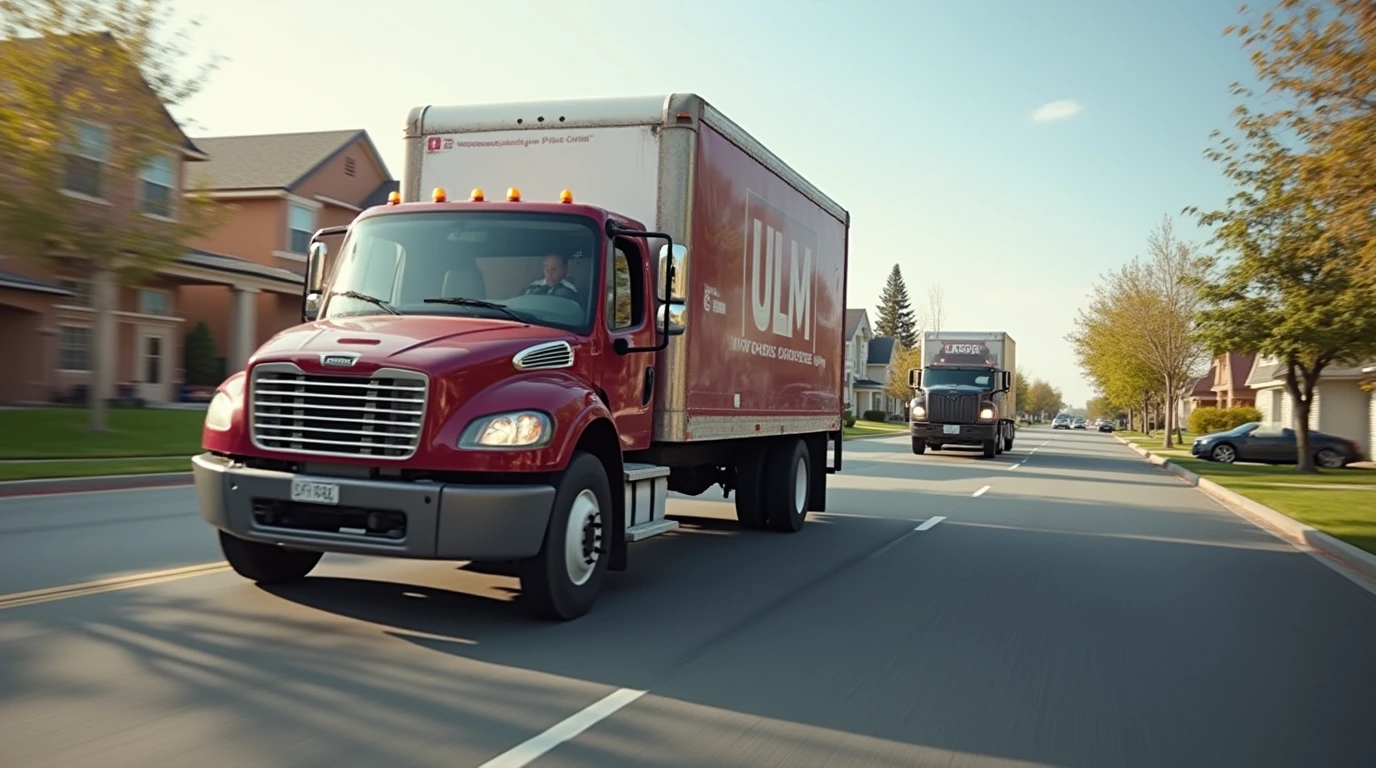Uncover expert tips and techniques to make moving with your beloved pets a breeze, guaranteeing a seamless transition to your new home.
- Creating a Pet-Friendly Moving Plan
- Preparing Your Pet for the Move
- Choosing the Right Transportation Method
- Pet Travel Preparations
- Cost of Relocating Pets
- During the Move
- Pet Relocation Services for Long Distance Move
- Making the New Home Pet Friendly
- Settling In
Creating a Pet-Friendly Moving Plan
Moving can be a stressful experience for both you and your pets. That’s why it’s important to create a pet-friendly moving plan to help minimize any anxiety or discomfort they may feel. Start by researching pet-friendly accommodations in your new location and make sure to book in advance. If you’re driving long distance, plan your route with pet-friendly pit stops along the way. Additionally, make a checklist of all the necessary pet supplies and ensure they are easily accessible during the move.
Preparing Your Pet for the Move
Another important aspect of creating a pet-friendly moving plan is to make sure your pet’s medical records are up to date. Schedule a visit to the vet for a check-up and make sure your pet is up to date on vaccinations. It’s also a good idea to ask for a copy of your pet’s medical records in case you need them during the move or at your new destination.
Veterinary Check-Up
Before the cross country move, schedule a visit to the vet for a health check-up and ensure your pet’s vaccinations and documentation are up-to-date. Obtain a health certificate if required for travel.
Microchipping and Identification
If your pet is not already microchipped, it’s worth considering. Make sure your furry companion has identification tags with updated contact information for your new home.
Familiarizing with Travel Equipment
Familiarize your furry companion with carriers, crates, or harnesses that will be used during the long distance move. Make these items familiar and cozy for them well ahead of time. Start by gradually introducing your pet to their carrier or crate, especially if they are not used to being confined. Leave the carrier open in your home and encourage your pet to explore it at their own pace. You can also place treats or toys inside the carrier to create positive associations.
In the weeks leading up to the move, maintain your pet’s regular routine as much as possible. Stick to their usual feeding and exercise schedule to provide them with a sense of stability. Additionally, try to maintain their familiar sleeping arrangements and keep their favorite toys or blankets accessible.
If your pet is prone to anxiety or stress, consult with your vet about potential calming solutions. They may recommend natural remedies or prescribe medication to help your pet stay calm during the move.
Choosing the Right Transportation Method
When it comes to transporting your pet during long distance moving, it’s important to choose the right method that suits their needs and comfort. If you’re flying, check the airline’s pet policy and make sure to book your pet’s ticket well in advance. Some airlines allow pets in the cabin, while others require them to travel in the cargo hold. Make sure to follow all the necessary requirements and regulations to ensure a safe and comfortable journey for your pet.

If you’re driving, consider investing in a quality pet carrier or crate that provides enough space for your pet to stand, turn around, and lie down comfortably. Secure the carrier properly in your vehicle to prevent any accidents or injuries during the journey. It’s also important to make regular stops to allow your pet to stretch their legs, use the bathroom, and have some water and food.
If you’re moving by train or bus, check the specific policies and guidelines regarding traveling with pets. Some public transportation companies have restrictions or require pets to be in carriers. Plan accordingly and make sure to provide your pet with a comfortable and secure space.
Pet Travel Preparations
Packing Pet Essentials
Ensure your pet has everything they need by packing a designated bag filled with their favorite essentials. When moving with a dog or cat, include their preferred food, a water supply, any necessary medication, cozy bedding, toys for entertainment, litter for cats, grooming supplies, and any other items that bring them comfort and joy.
Moving Cross Country Travel Planning
Map out your route to include pet-friendly accommodations and locate convenient stops for your companion along the way. Secure pet-friendly hotels or lodging ahead of time to ensure a comfortable stay for both you and your pet.
Acclimating to the Carrier
To help your pets get used to traveling in carriers or crates, gradually increase the amount of time they spend inside. It’s important to make sure the carrier is properly ventilated and securely closed.
Cost of Relocating Pets
The cost of moving a pet cross country can vary significantly based on several factors, including the mode of transportation, the pet’s size, the distance traveled, specific services required, and additional expenses like health certificates, required vaccinations, and documentation.
Here’s a breakdown of potential costs involved in moving a pet cross country:
1. Transportation Costs
Air Travel: If flying with your pet, costs can range from around $100 to $1,000 or more, depending on the airline, pet’s size, and destination.
Ground Transportation: Driving or hiring a pet transport service can range from $500 to $2,000, depending on the distance and services provided.
2. Veterinary and Documentation Expenses
Health Certificate: Expect to pay $25 to $150 for a health certificate required by airlines or transportation services.
Vaccinations and Tests: Costs vary but could range from $50 to $200 or more for required vaccinations or tests.

3. Other Miscellaneous Costs
Pet Carrier or Crate: Purchasing an airline-approved pet carrier can cost $50 to $250, depending on the size and quality.
Boarding or Accommodations: If you need to arrange for temporary boarding during the move, costs may range from $25 to $75 per day, depending on the facility.
4. Insurance and Additional Fees
Pet Insurance: Considering pet insurance for the move might involve additional costs, typically ranging from $10 to $50 per month.
Overall, the total cost of moving a pet long distance can vary widely, typically falling anywhere between a few hundred dollars to several thousand dollars, depending on the aforementioned factors. It’s advisable to research and budget accordingly, considering your pet’s specific needs and the services required for a safe and comfortable journey.
During the Move
Even if you’re moving locally, it is important to prioritize the comfort and safety of your pet. Your diligent attention and calming presence during this phase will greatly impact their stress levels.
Comfort and Safety in the Vehicle
Make sure your dog, cat, and other pets are safe and cozy throughout the journey by securing them in a pet seat belt, harness, or crate. This will prevent any accidents and ensure their comfort and well-being when moving cross country.
Regular Breaks and Exercise
Make sure to incorporate regular breaks during your moving truck drive to give your furry companion the opportunity to stretch their legs, hydrate, and take care of their needs. Short walks or playful interactions can do wonders in reducing their stress levels and ensuring their overall well-being.
Monitor Stress Levels
Pay close attention to your pet’s demeanor throughout the journey. Offer them comfort, reassurance, and familiar items to alleviate any anxiety or stress they may be experiencing.
Pet Relocation Services for Long Distance Move
Pet relocation services specialize in facilitating the transportation of pets during a move, offering comprehensive assistance for a smooth and stress-free transition. These services often provide personalized solutions tailored to your pet’s specific needs and ensure compliance with travel regulations.
Services Offered:
Customized Travel Plans: Professional pet relocation services create personalized travel plans, considering factors like your pet’s breed, size, health, and any specific requirements.
Documentation Assistance: They assist in handling the necessary paperwork, including health certificates, import permits, and other documentation required for interstate or international travel.
Travel Logistics: These services arrange for pet-friendly transportation, including flights or ground transport, ensuring comfort and safety throughout the journey.
Accommodation Arrangements: They help in booking pet-friendly accommodations during the move, providing a seamless travel experience for both you and your pet.
Benefits of Pet Relocation Services
Expert Guidance: Professionals in pet relocation understand travel regulations, ensuring compliance and reducing the stress associated with navigating complex requirements.
Safety Measures: These services prioritize the safety and well-being of your pet, utilizing appropriate carriers, ensuring proper ventilation, and maintaining suitable travel conditions.
Reduced Stress: With their expertise, pet relocation services alleviate the logistical challenges of moving with pets, allowing you to focus on other aspects of your move.
Considerations When Choosing a Pet Moving Service
Experience and Reputation: Look for reputable companies with experience in pet relocation and positive customer reviews.
Customized Solutions: Opt for services that offer personalized plans catering to your pet’s specific needs and comfort.
Insurance Coverage: Inquire about insurance options to safeguard your pet during the journey.
What is the Cost of Pet Moving Services?
Pet relocation services’ costs vary based on factors such as distance, mode of transportation, and specific services rendered. While they might add to your moving expenses, the peace of mind and assurance of your pet’s safety they provide are often invaluable. Hiring professionals for pet relocation services can cost anywhere from $500 to $2,500, depending on the level of service and distance.
Choosing a reliable pet relocation service can significantly ease the stress of moving with pets. Their expertise, attention to detail, and commitment to your pet’s comfort make them valuable allies in ensuring a safe and hassle-free relocation for your furry companions.
Making the New Home Pet-Friendly
Before bringing your pet to the new home, take some time to pet-proof the environment and make it safe for them. Remove any potential hazards such as toxic plants, loose wires, or cleaning supplies that can be within reach. Check that all windows and doors are secure and install any necessary pet gates or barriers to prevent your pet from accessing certain areas.
Set up a designated space for your pet with their bed, toys, and familiar belongings. This will provide them with a sense of familiarity and comfort in the new surroundings. Make sure to introduce your pet to their new surroundings gradually and supervise their exploration to ensure their safety.
Establish a new routine as soon as possible and stick to it. This will help your pet adjust to their new home more easily. Gradually introduce them to the neighbors and any other pets in the area, always keeping a close eye on their interactions. Provide plenty of love, attention, and positive reinforcement to help your pet feel secure and loved in their new environment.
Settling In: Helping Your Pet Adjust to the New Environment
After the move, it’s normal for your pet to feel a bit disoriented or anxious in the new environment. Be patient and understanding as they adjust to the changes. Stick to their regular routine as much as possible, including feeding and exercise times. Spend quality time with your pet, engaging in activities they enjoy, to help them feel more at ease.

Create a safe and comfortable space for your pet in the new home. Make sure they have a cozy bed, access to fresh water, and a designated area for their food and litter box if applicable. Provide them with plenty of mental and physical stimulation to prevent boredom and alleviate any potential anxiety.
Monitor your pet’s behavior closely during the adjustment period. If you notice any signs of distress or unusual behavior, consult with your vet for guidance. They may recommend additional strategies or techniques to help your pet settle in more smoothly.
Remember, moving with pets requires patience and understanding. With the right preparation and care, you can help your furry friend adjust to their new home and ensure a smooth transition for everyone involved.
On the hunt for the best long distance moving company near you? Look no further than United Local Movers. Request a free moving quote today to get started!






